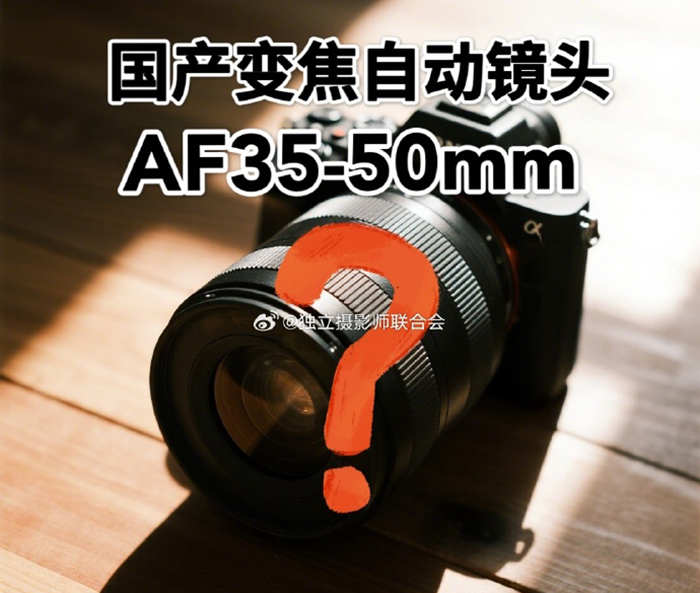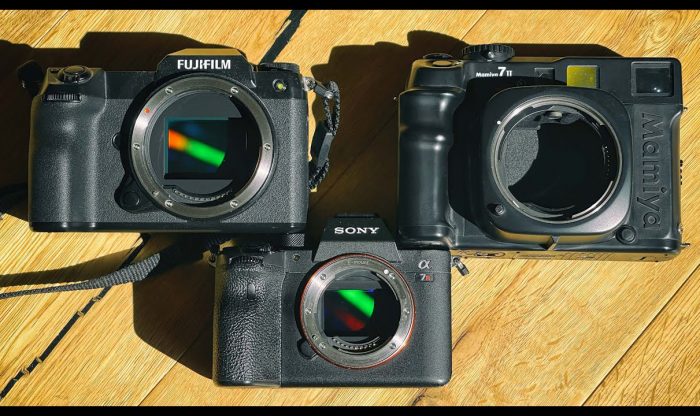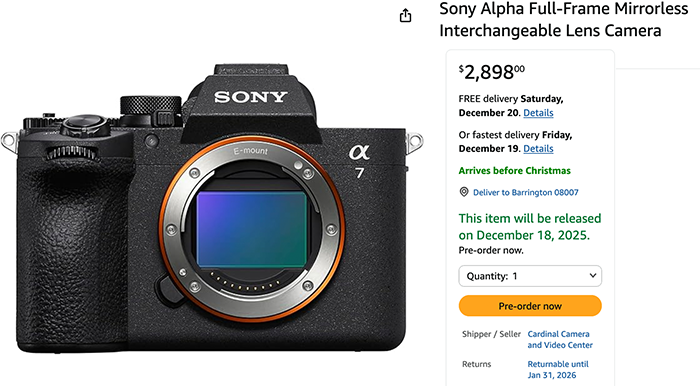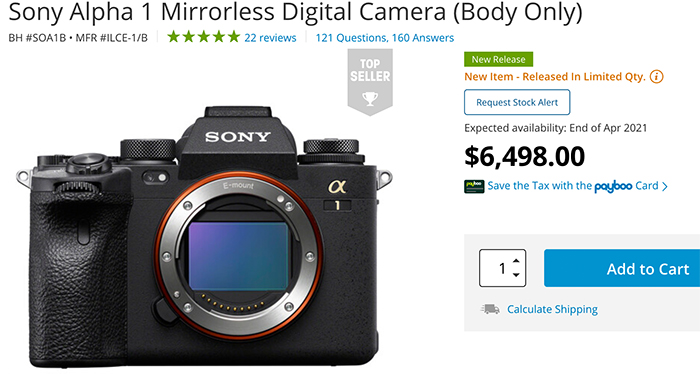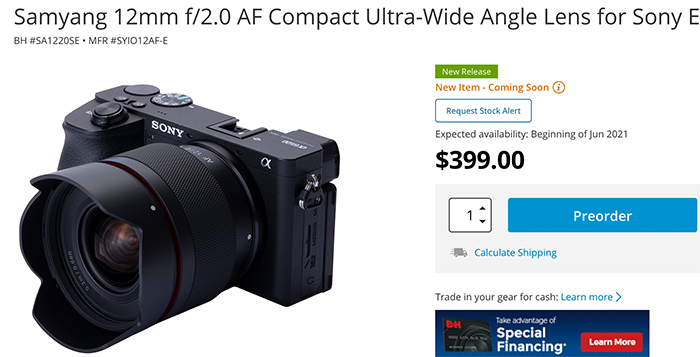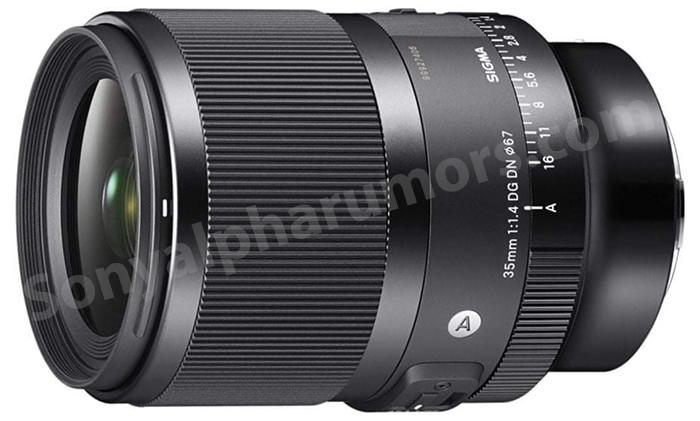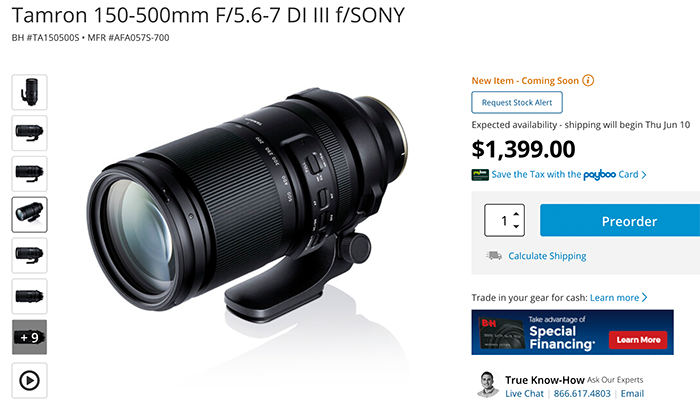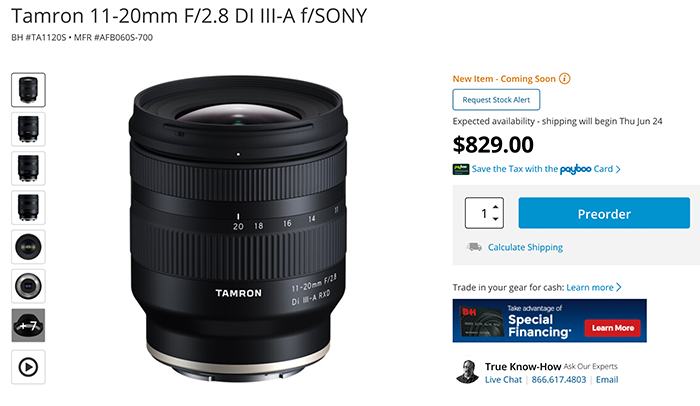Sony A1 review by CineD: “Sony made an amazing leap”
Sony A1 at BHphoto. Adorama. Amazon. Focuscamera. FotoErhardt DE. Calumet DE. Fotokoch DE. Park UK. WexUK. Join the Sony A1 Facebook group here.
CineD published their full Sony A1 review along the mini-doc video I embedded at the bottom. Their conclusions is:
The Alpha 1 is the best all-round flagship mirrorless camera ever produced by Sony. Yes, it comes with a price, but it can easily replace two separate camera bodies. So in the end, it can makes perfect (purchasing) sense to content creators, who are equally dedicating time to take photos and videos. (And the proof is in the pudding as we are being told by our site sponsors that “within a week of it’s announcement, there were as many preorders for the A1 as for the a7S III). I’m sure you guys can agree, that Sony made an amazing leap from being a company who manufacturer “just another camera that can shoot videos and high quality photos” to one of the leaders in this field. Merging the Alpha team together with Sony’s professional division is certainly starting to show its footprint and us, the users, can only benefit from it.
